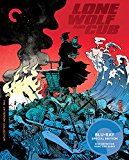| Reviews & Columns |
|
Reviews DVD TV on DVD Blu-ray 4K UHD International DVDs In Theaters Reviews by Studio Video Games Features Collector Series DVDs Easter Egg Database Interviews DVD Talk Radio Feature Articles Columns Anime Talk DVD Savant Horror DVDs The M.O.D. Squad Art House HD Talk Silent DVD
|
DVD Talk Forum |
|
|
| Resources |
|
DVD Price Search Customer Service #'s RCE Info Links |
|
Columns
|
|
|
Lone Wolf And Cub: Criterion Collection
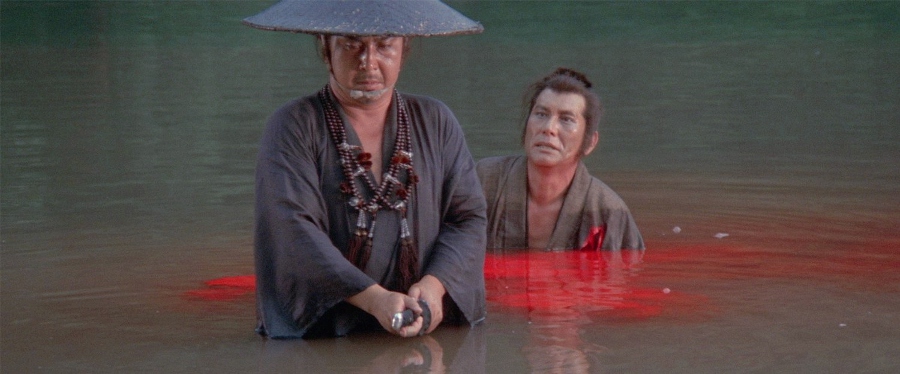 Adapted from the popular manga created by Kazuo Koike and released between 1972 and 1974, all six original Lone Wolf and Cub films capture the books' colorful celebration of poetic violence, bloodshed, and revenge, owing much to earlier franchises like Zatoichi while remaining influential in their own right. This six-part saga follows samurai Ogami Itto (Tomisaburo Wakayama [the older brother of Shintaro Katsu, who starred in nearly two dozen Zatoichi films and the long-running TV series]), an assassin traveling with his young son Daigoro (Tomikawa Akihiro) and seeking revenge on the Yagyu clan. Most American audiences were first introduced to Lone Wolf and Cub via Shogun Assassin (1980), which spliced together chunks of the first two films and slapped on an English dub just for bad measure. The other four films were also eventually released stateside, though similarly burdened with sporadic edits, new titles and butchered audio. This new Blu-ray collection from Criterion collects all six original Lone Wolf and Cub films and Shogun Assassin, along with a handful and new and old bonus features in a three-disc boxed set.
Sword of Vengeance (1972) introduces viewers to Ogami Itto, a skilled swordsman and wandering assassin in 18th century Japan. Roughly two months earlier, our anti-hero had been accused of treason by the Shogun's inspector and members of the Yagyu clan. His wife was slain and his tenure as the Shogun's executioner was over, so Itto now roams the country with his son, Daigoro. His only possessions are a trusty Dotanuki battle sword and Daigoro's baby cart, which has been outfitted with several concealed weapons and other armaments. Itto's first task is to slay a Chamberlain's rival, who's hiding in a village near several hot springs. He's already established as a merciless killing machine and there's five sequels, so you can imagine how that all plays out. Baby Cart at the River Styx (1972) catches up with Itto and son on their continuing journey as the swordsman is contracted by a clan whose business secrets are threatened by a rival. Determined to finish the job, Itto is challenged by a group of female assassins and Daigoro is kidnapped after a fierce battle. The combination of both threats (rescuing Daigoro and slaying the rogue clan member) is paired with an increased level of action, giving Styx a more dynamic sense of momentum and intrigue. Though not without a few moments of unintentional hilarity, it's a satisfying sequel...and though die-hard fans already know this by now, the bulk of Baby Cart at the River Styx was used for Shogun Assassin (aside for about 12 minutes of footage from the first film).
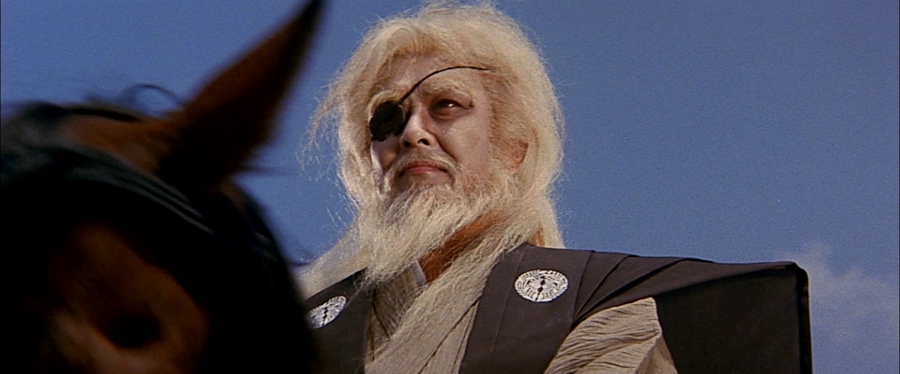 Baby Cart to Hades (1972) expands upon the newfound sense of sacrifice displayed during Styx; this time around, Itto protects both Daigoro and a young prostitute named Omatsu. She's eventually freed from her "job", but the clan that originally bought her wants something in return: the services of Itto to slay a well-armed deputy. Loaded with action and a more refined sense of character dynamics, Hades definitely feels like a natural progression for the series and stands as one of the most well-rounded and enduring entries. The most obvious highlights include a rousing battle between Itto and the deputy's 200-man army, as well as a duel with master swordsman Magomura Kanbei (played memorably by Go Kato of Samurai Rebellion). Baby Cart in Peril (1972) pits Itto against a deadly female assassin named Oyuki, though he also continues to be pursued by the Yagyu clan (specifically Gunbei, a son of one-eyed Retsudo, who once competed against Itto for his job as the shogun's official executioner). It's also worth noting that Peril shifts more of the focus to three year-old Daigoro, now separated from Itto for several days after wandering from the cart. He's still a handicap more often than not, but Daigoro begins to show added resolve and their unique bond continues to strengthen because of it. It's a solid effort, although the absence of director Kenji Misumi is felt. Baby Cart in the Land of Demons (1973) continues the series' formula of bloodshed framed by Itto's unyielding code of honor, continuing the development of his bond with Daigoro while throwing in a bit more political intrigue just for fun. After his life is threatened by an assassin and five members of the Kuroda clan, Itto learns that the clan's leader is keeping the rightful heir locked away and has secretly put his daughter in position to take his place. Meanwhile, Daigoro is once again separated from his father and punished by local authorities after taking the blame for a young pickpocket. Though the formula feels a bit similar to Peril at times, this penultimate chapter of Itto and Daigoro's journey is still a necessary one. White Heaven in Hell (1974) stands as the black sheep of the series; not only because it's one of two chapters not directed by Kenji Misumi (the other being Baby Cart in Peril), but because it's the weakest of the six. Still, this final chapter of the series presents a bit of closure, as Retsudo Yagyu finally seems to be within reach of Itto's blade. Standing in the way is Retsudo's only daughter (the deadly Kaori), his illegitimate son Hoyouei, and the surviving clan members. White Heaven is engaging at times, but the pacing feels off and several loose ends are never tied up as much as we'd like. If nothing else, the kill count for Itto is astronomically high, so anyone who's simply hoping for an action-packed conclusion won't feel the sting of disappointment.
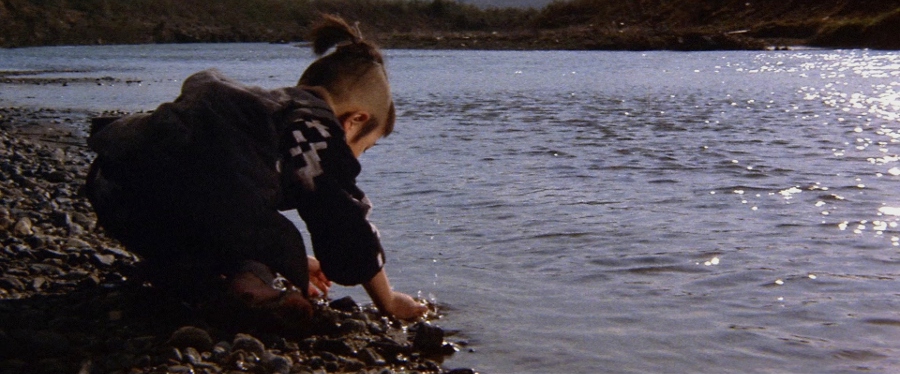
It's easy to appreciate these well-rendered 2.35:1 1080p transfers on their own merits, but they're especially welcome in the wake of AnimEigo's botched 2012 boxed set. Sourced from new 2K digital restorations, everything actually looks more like film than video this time around. Gone is the rampant noise reduction and processed appearance of the earlier Blu-rays; instead, we're treated to the much more natural appearance of film grain, which is neither excessive nor distracting from start to finish. Image detail and texture are also much improved---and although back levels don't dig quite as deep as expected, the natural trade-off for more obvious shadow detail makes this an easy win. Colors are no longer overly red (except for the blood, obviously), from skin tones to desolate landscapes and just about everything in between. Digital eyesores---including that pesky noise reduction and edge enhancement, which were both prominent on the AnimEigo set---are no longer an issue, and the amount of content on each disc yields no compression issues (remember, each film is less than 90 minutes). Overall, I'd imagine that die-hard fans and newcomers alike will be thrilled with these new transfers, as they represent an obvious improvement over earlier collections.
Not to be outdone, the Japanese LPCM 1.0 audio tracks (aside for the dubbed Shogun Assasin, which is unfortunately limited to Dolby Digital 1.0) also appear to be in better condition than earlier DVD and Blu-ray editions. Dialogue is relatively crisp, while the music cues are balanced nicely with an expected (but not excessive) amount of shrillness and clipping during louder moments. Overall, there's a decent amount of improvement overall, though lossless audio is still bound to be overshadowed by the restored transfers in most circles. Optional English subtitles have been included during the Japanese-language films and extras for translation purposes only...but honestly, I wish Criterion would get with the program and have subtitles across the board.
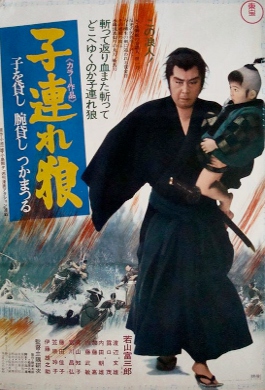 . . 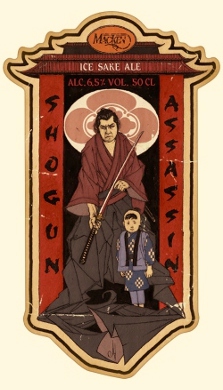 . . 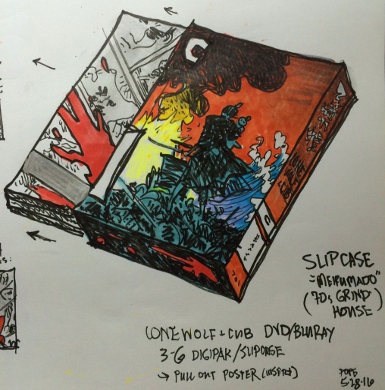
The supplements continue with a collection of three newly-recorded Interviews. Kazuo Koike (12 minutes), author of the manga series and screenwriter of the first five films, goes into modest detail about his approach to the source material and its translation to the big screen. Kazuma Nozawa (12 minutes), biographer of Kenji Misumi, speaks about the late director's career and contributions to the popular film series. Finally, Sensei Yoshimitsu Katsuse (14 minutes), an experienced martial artist, briefly speaks about the sword techniques used in the films and demonstrates some of them as well. It's an interesting trio of interviews overall---and though most of the information is second-hand, die-hard fans and newcomers alike will find much to enjoy and appreciate here.
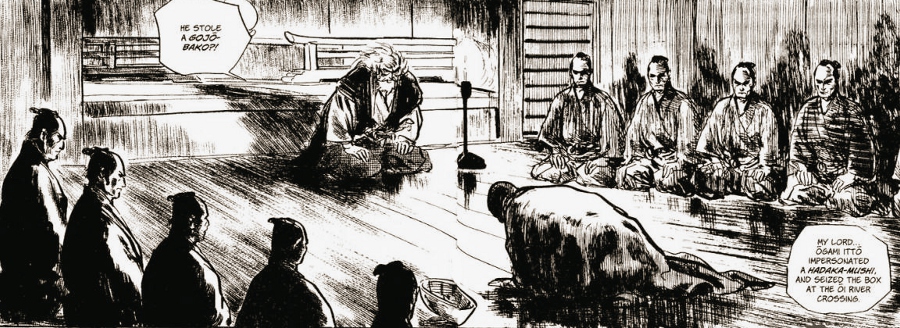 Two new-to-disc Documentaries are also here. Lame d'un père, l'âme d'un sabre (52 minutes) is a 2005 program about the six-film series' production featuring director Buichi Saito (Baby Cart in Peril), producer Masanori Sanada (Baby Cart in the Land of Demons, White Heaven in Hell), and cinematographer Fujio Morita (Baby Cart in the Land of Demons). It provides a nice cross-section of first-hand information and, though several installments are only covered in modest detail, this is still a great supplement that fans will enjoy. Last but not least is Sword of the Samurai (31 minutes), a silent 1939 production about how samurai swords are made; it also includes an optional new ambient musical score by two-time Palmer-Dixon Prize winner Ryan Francis. Finally, we get all seven Trailers for the main features and Shogun Assassin (2-3 minutes each); like the other Japanese supplements, these include optional English subtitles. A fine assortment of extras overall, even without any audio commentaries.
The Lone Wolf and Cub film series isn't exactly high art, but its poetic violence and colorful characters are, in the right mood, insanely entertaining. Whether you space these six streamlined films out or go for a marathon, there's a definite spark and energy here that should appeal to any and all samurai fans whose favorite Akira Kurosawa film was the last two minutes of Sanjuro. Far beyond the level of AnimEigo's disappointing 2012 boxed set, this compact three-disc Blu-ray collection from Criterion pairs much-improved A/V presentations with a handful of new and old bonus features (which, not surprisingly, also includes the dubbed Shogun Assassin). It's a bit pricey for the discs-to-dollars ratio (even for a Criterion title), but I'd imagine that die-hard fans will be placing this one high on their holiday wish lists. Highly Recommended, although newcomers may want to rent a few chapters first.
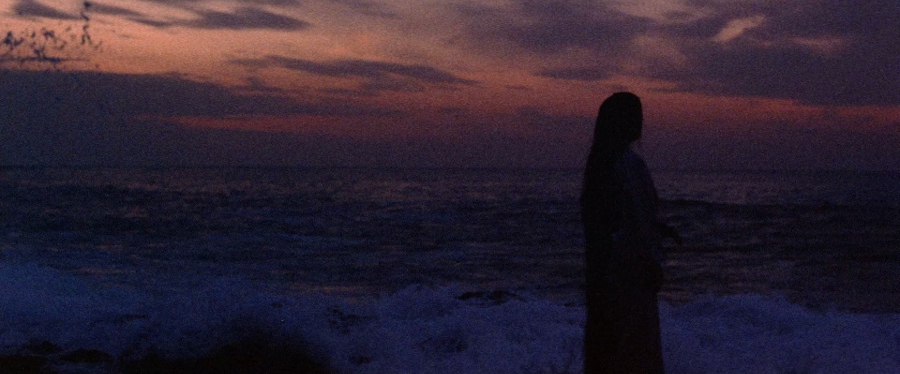
|
|
| Popular Reviews |
| Sponsored Links |
|
|
| Sponsored Links |
|
|
| Release List | Reviews | Shop | Newsletter | Forum | DVD Giveaways | Blu-Ray | Advertise |
|
Copyright 2024 DVDTalk.com All Rights Reserved. Legal Info, Privacy Policy, Terms of Use,
Manage Preferences,
Your Privacy Choices | |||||||









